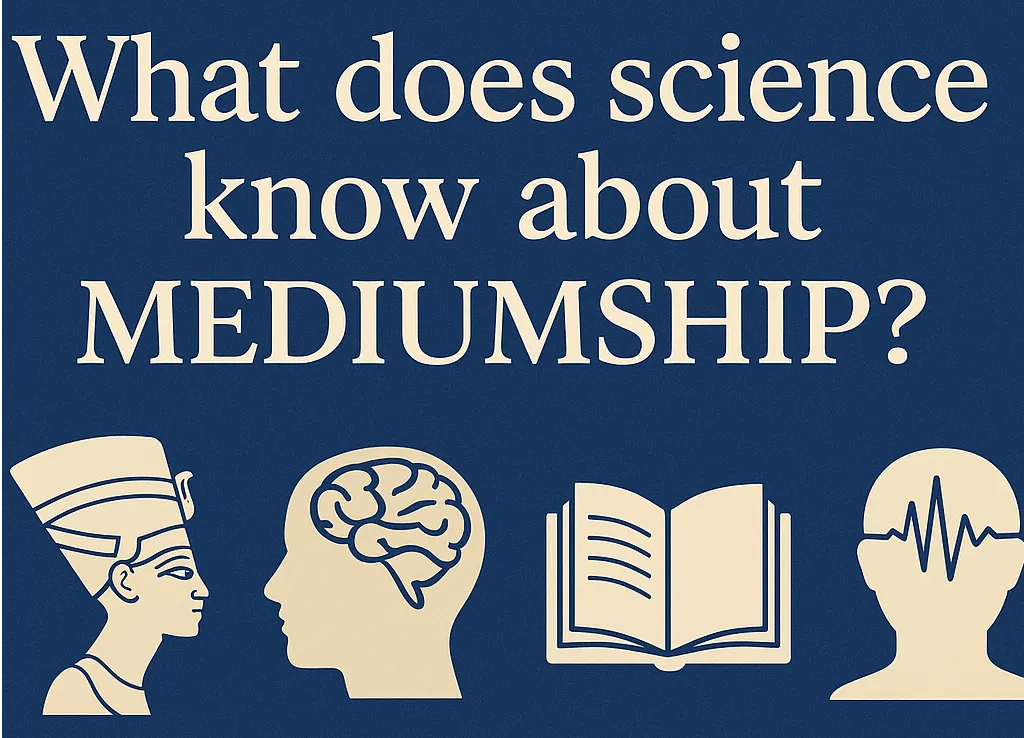
The Sacred Use of Tobacco and Alcohol in Umbanda – Explained Simply
18.03.2025
5 min read
Mãe Ju of Obaluaie
Why do spirits in Umbanda use tobacco and alcohol?
Far from addiction or excess, these sacred elements are powerful tools for healing, protection, and spiritual cleansing. Discover how ancient wisdom transforms smoke and drink into forces of light.
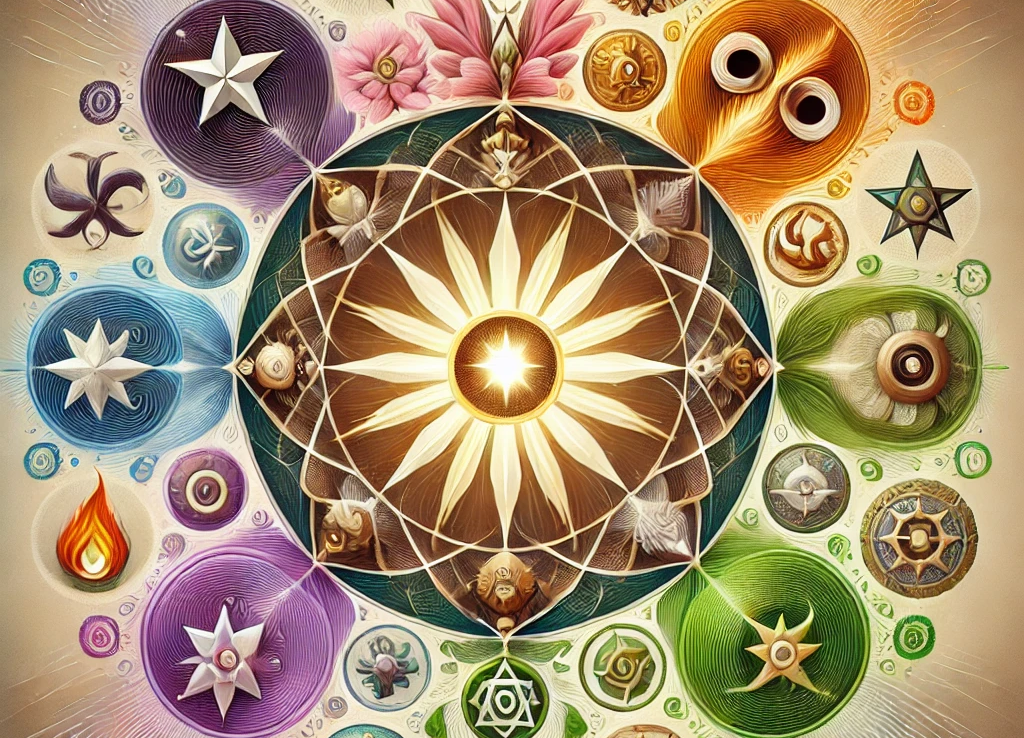
The Orishas and the meaning of life .
29.12.2024
8 min read
Juliana De Obaluae
What is the Purpose of Life ? How is it Connected to the Orishas?
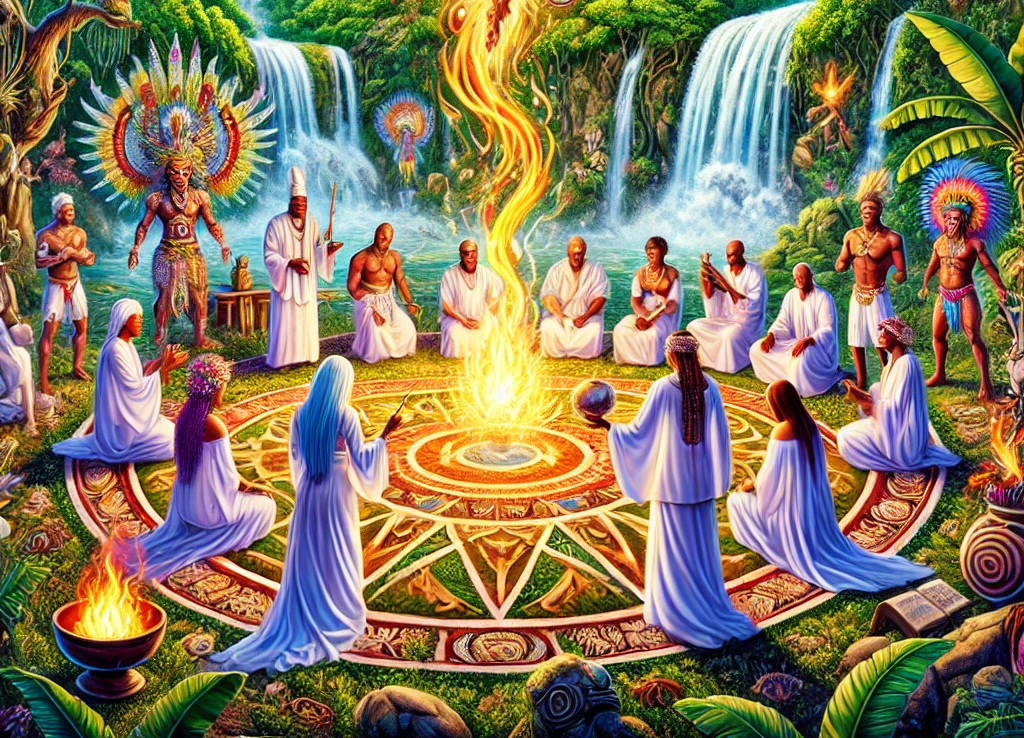
Types of Mediumship
08.08.2024
1 min read
Mãe Ju of Obaluaie
The text outlines various forms of mediumship in Umbanda, emphasizing that everyone has these abilities, which manifest in different ways, including communication with spirits, guidance, and healing.

Correlations of African Influences in Sacred Umbanda.
08.08.2024
5 min read
Juliana De Obaluae
Here is a table that bring the possible correlations among the major African influences we have transcripted in Sacred Umbanda.
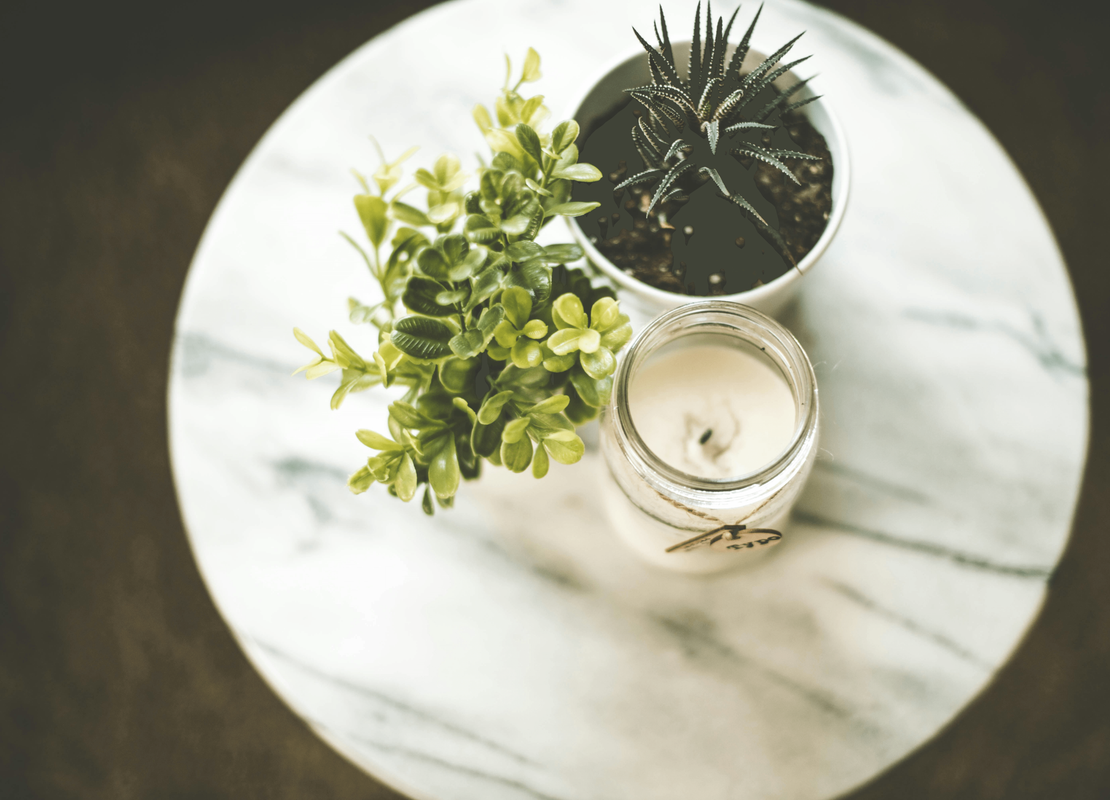
Altar Setup
08.08.2024
6 min read
Mãe Ju of Obaluaie
Altars serve as powerful focal points in religious practice, channeling divine energies to those present. In Umbanda, altars blend symbols from various religions, reflecting its synthesis of multiple faiths. Natural spaces like mountains and rivers are sacred to Orixás and were worshipped at long before temples existed. Through the use of crystals, flowers, and other items, altars connect you with divine forces, ancestors, and nature, supporting both religious devotion and spiritual growth.
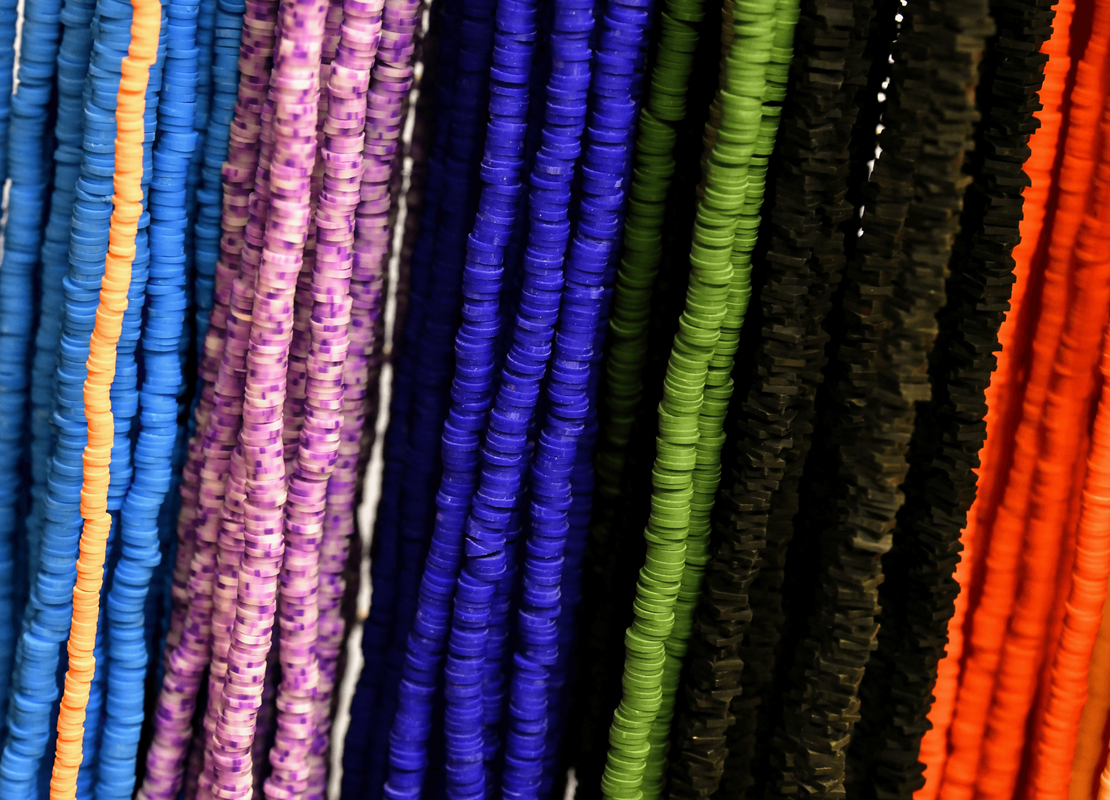
Guia Necklaces
02.08.2024
8 min read
Mãe Ju of Obaluaie
Guias in Umbanda are spiritual necklaces that protect against negative energy. Made from materials like beads and seeds, they absorb harmful influences and are cleansed in rivers or oceans, reflecting Umbanda's unique spiritual practices.
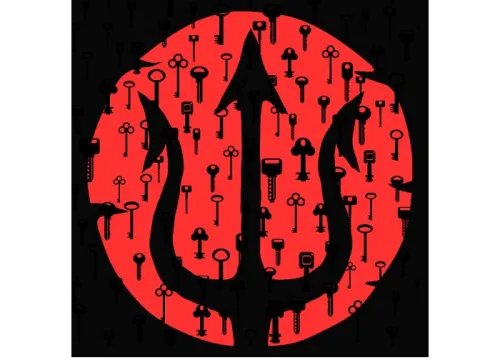
The Left Line Of Olorum-3rd Edition
02.07.2024
2 min read
Juliana De Obaluae
The Left Line of Umbanda is associated with more challenging energies and entities. These entities are believed to have a more direct and forceful approach to helping people, often dealing with issues related to material world and relationships.
We approach Exú from the perspective of Umbanda Sagrada, learning the differences between Orixás and entities of the so-called The Four Thrones of the LEFT: Exú, Pomba Gira, Exú Mirim, and Pomba Gira Mirim. Each one of these lines brings a different mystery to be recognized and lived through visceral experience.
>KEY ASPECTS
In Umbanda, the Left Side is not separate or opposite but complementary to the
Right Side, forming a holistic spiritual practice rooted in the balance between light
and shadow.
Misconceptions: Often associated with fear or taboo, the Left Side emphasizes
accountability and the law of cause and effect rather than punishment.
Exús and Pombagiras: Entities that work on the Left Side, acting as intermediaries
between the material and spiritual worlds. They are not "evil" but are guardians of
paths, justice, and transformation.
Justice and Karma: The Left Side addresses imbalances and helps people face their
karma

The Birth and Evolution of Umbanda in Sacred Umbanda
25.06.2024
12 min read
Juliana De Obaluae
The Birth and Evolution of Umbanda- By Cumino-Alexandre in História da Umbanda, Ed. Madras; Translated by this blog
The new religion, the beloved child of the Orixás, Sacred Umbanda, was born discreetly, nurtured by the generous breast of Iemanjá, and is already as beautiful as Oxum. But she is as feisty as Iansã, as healing as Ossaim, as a hunter at heart as Oxóssi, as vengeful as Xangô, as charitable as Obaluaê, as firm as Ogum, as punishing as Omulu, and as comforting as Nanã. The ideal archetype of the old and loving black grandmother, always ready to smile at her grandchildren growing up, even in the senzala. But not everything happened so "naturally".
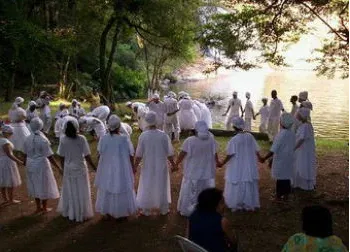
The faith leap from the slave trade.
13.06.2024
12 min read
Juliana De Obaluae
It discusses the complex origins and development of Umbanda, a Brazilian religion. It highlights the diverse cultural and religious influences that contributed to its formation, including African, Catholic, and Indigenous elements. The text traces the historical context of slavery and religious syncretism, noting key figures like Zélio de Moraes and Father Bartolomé de las Casas. It also addresses the evolution of Candomblé, emphasizing the role of African deities and rituals in maintaining cultural identity and spiritual practices in Brazil. The narrative underscores the ongoing efforts to preserve and de-Christianize African religious traditions.

